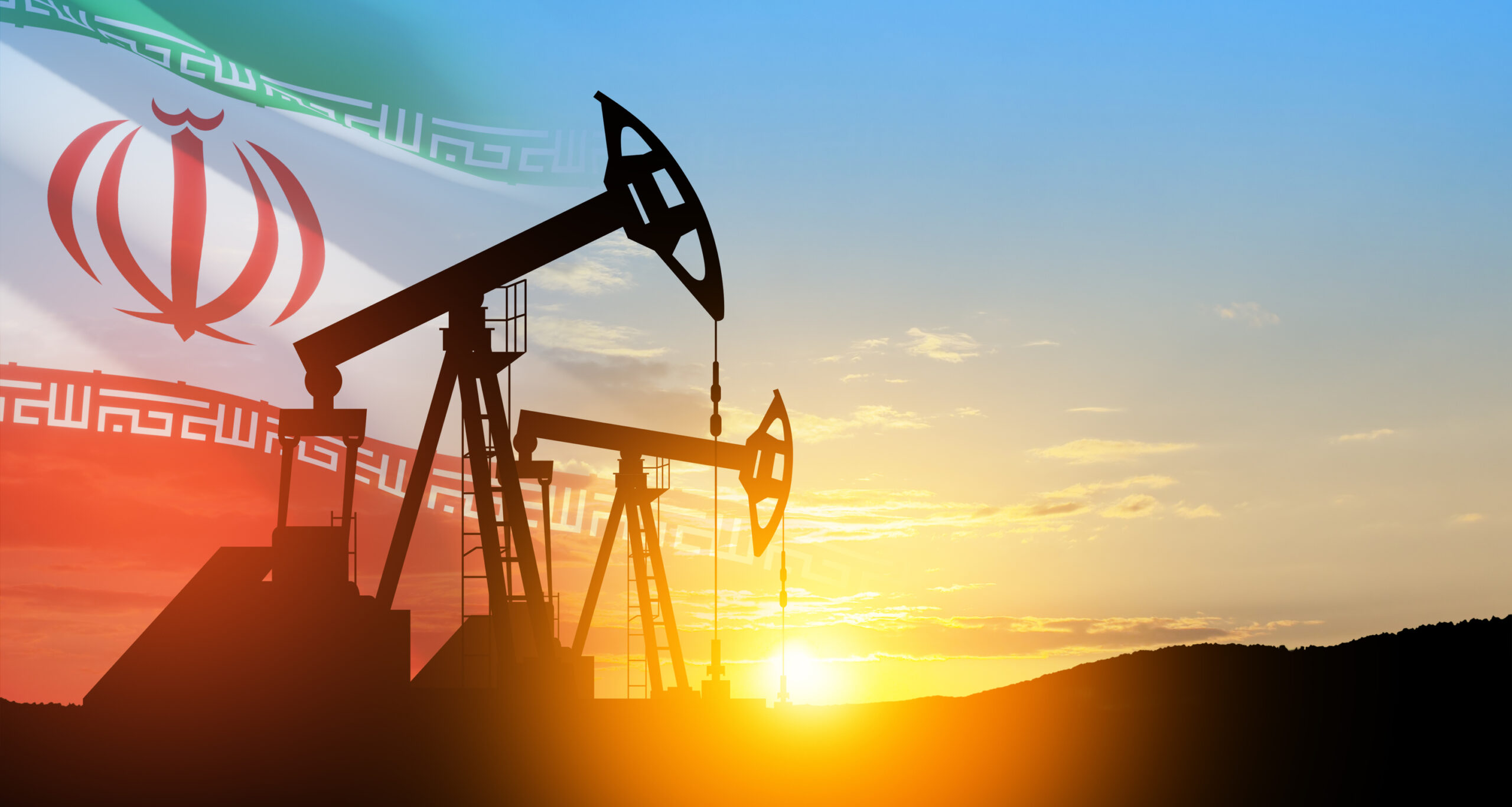Iran’s oil supply has remained relatively robust despite tightening US sanctions and mounting tensions with Israel, making it the second-largest source of supply growth, according to the latest edition of the International Energy Agency’s medium-term outlook.
The country’s total oil production last year reached its highest level since 2017, rising 420 kb/d y-o-y to 4.7 mb/d.
Crude exports averaged 1.6 mb/d in 2024, with nearly all Iranian oil exports landing in China.
US sanctions have grown progressively more severe in recent months with nearly all aspects of Iranian supply chains currently targeted.
“Oil continues to flow, on pace with 2024 levels, but recent hesitancy from Chinese buyers has reduced crude imports from Iran by 30% in May over last year’s average. Ongoing negotiations with the United States on the future of Iran’s nuclear programme cast a shadow of uncertainty on the path forward for sanctions,” the IEA report states.
As Israel-Iran conflict focuses attention on the immediate energy security risks, oil markets are facing new uncertainties.
With intensifying geopolitical strains and heightened uncertainty about global economic prospects, oil markets are undergoing structural changes as the key drivers of supply and demand growth of the past 15 years start to fade, according to the IEA’s medium-term outlook.
The report Oil 2025, released on June 17, highlights several important trends that could considerably reshape global oil markets over the medium term.
In this context, global oil demand is forecast to increase by 2.5 million barrels per day (mb/d) between 2024 and 2030, reaching a plateau of around 105.5 mb/d by the end of the decade.
At the same time, global oil production capacity is forecast to rise by 5.1 mb/d to 114.7 mb/d by 2030, led by Saudi Arabia and the United States.



